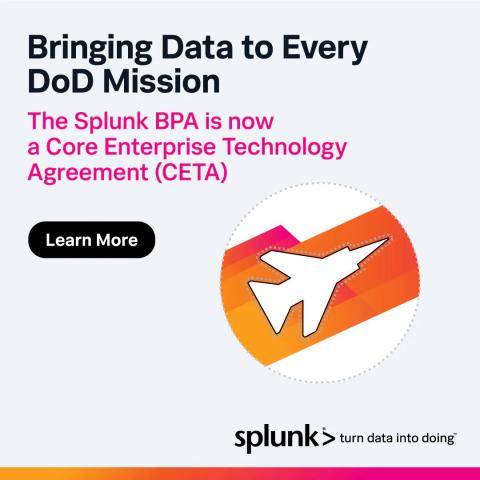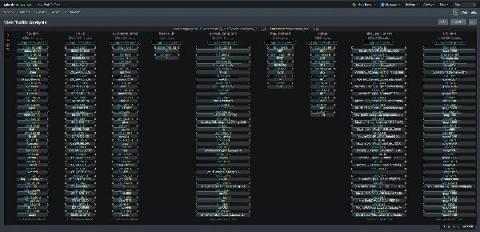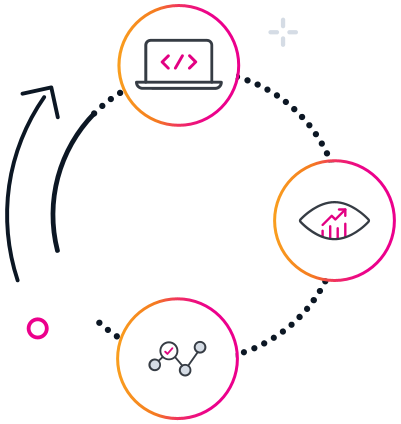Endpoint Security Data Collection Strategy: Splunk UF, uberAgent, or Sysmon?
Many threats originate from the endpoint and detecting them requires insights into what happens on the endpoint. In this post we look at different endpoint activity data sources, comparing the benefits and capabilities of Splunk Universal Forwarder with vast limits uberAgent and homegrown solutions.








